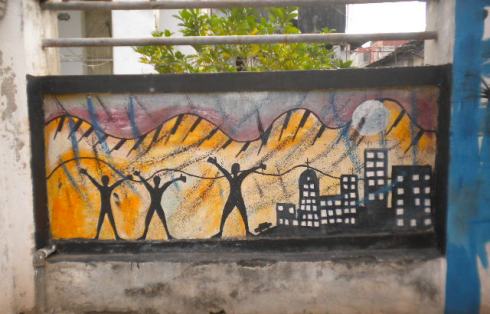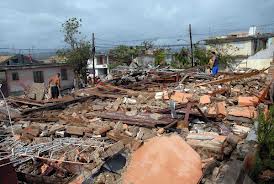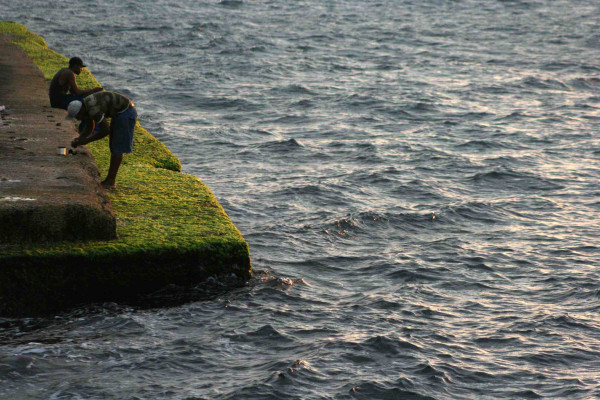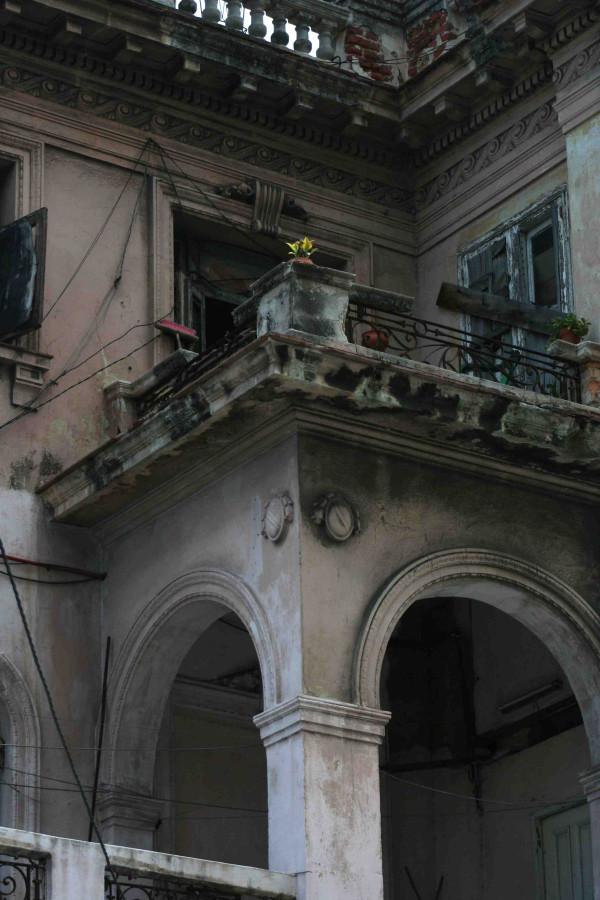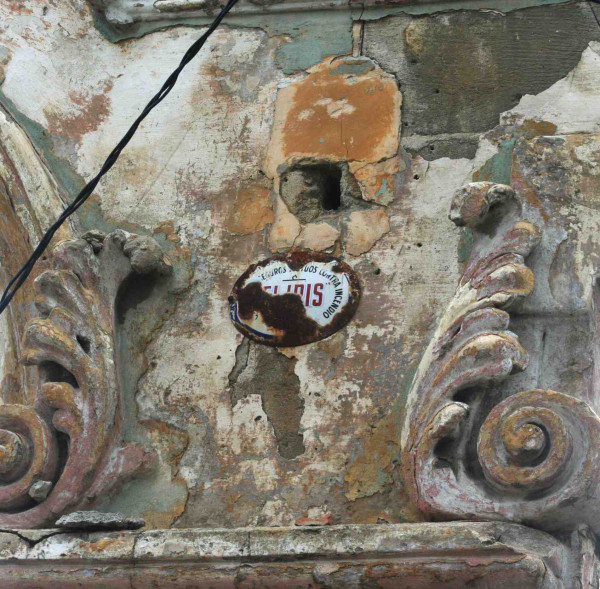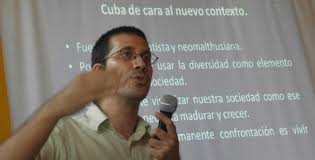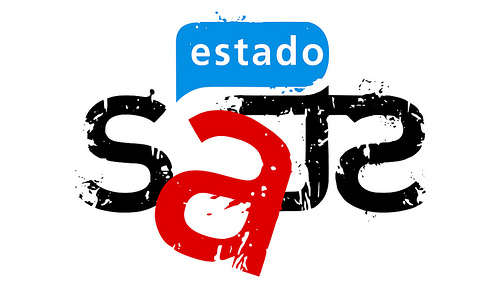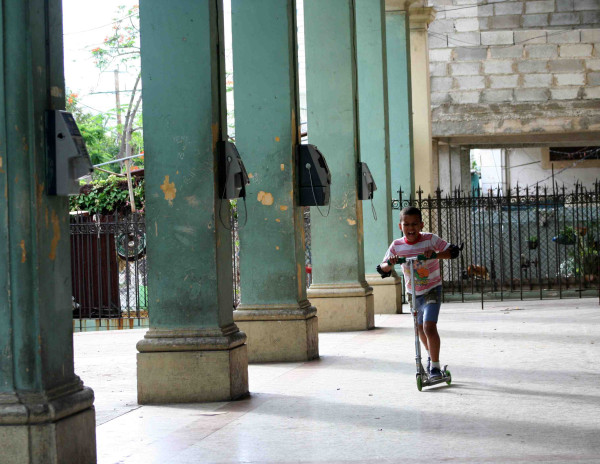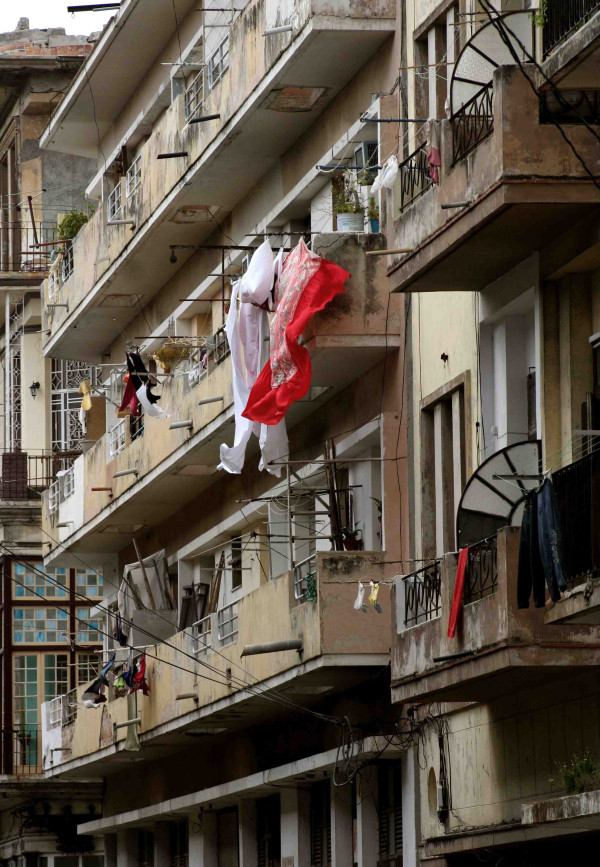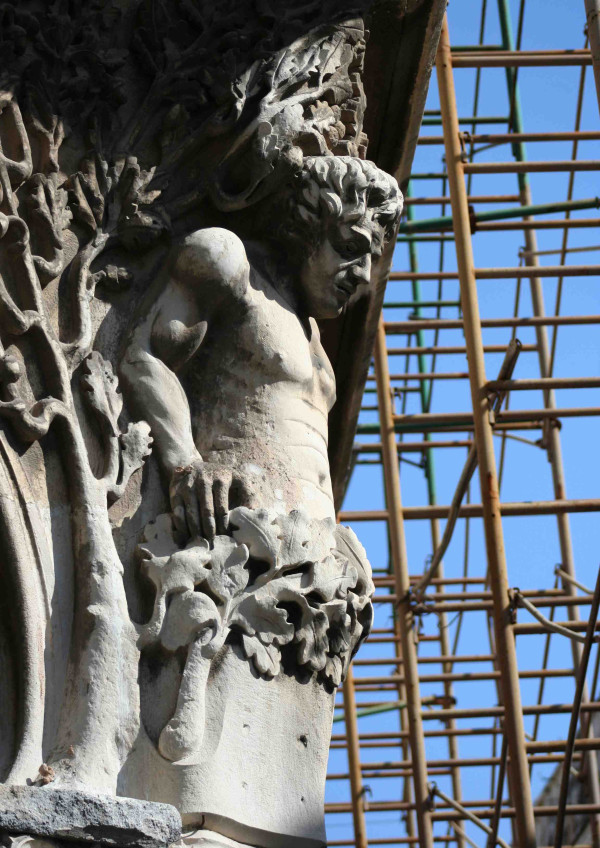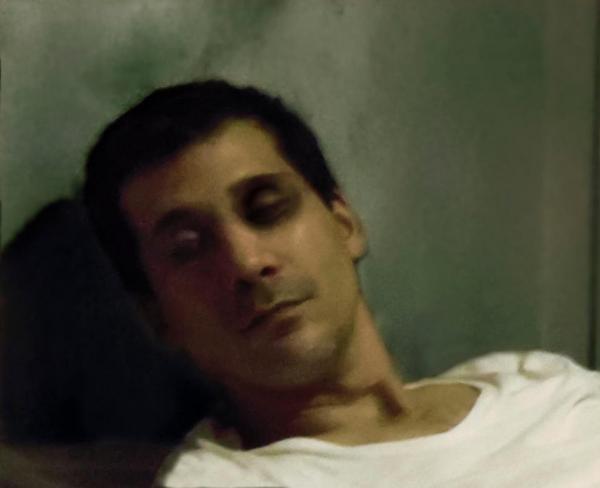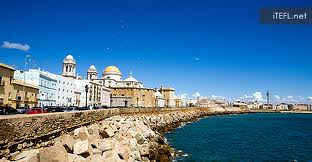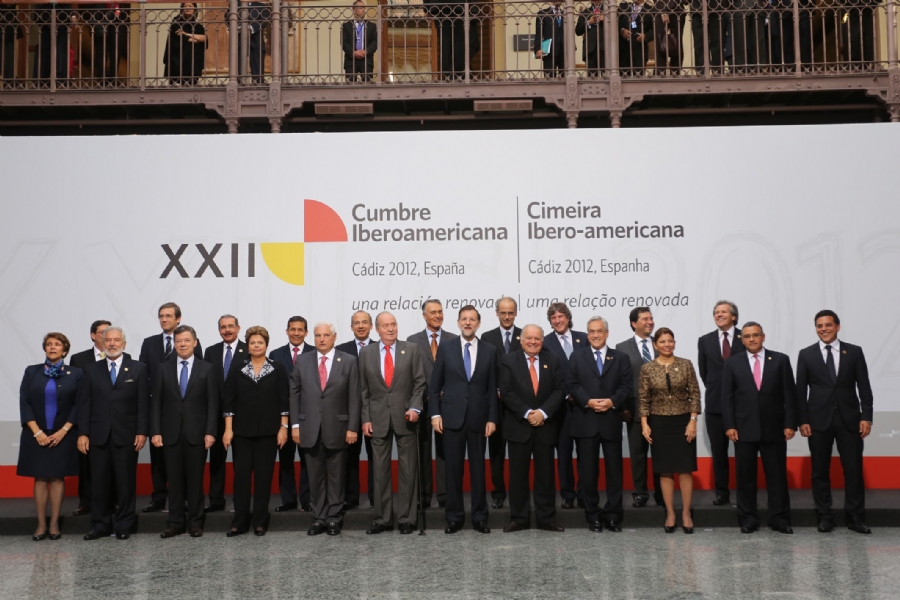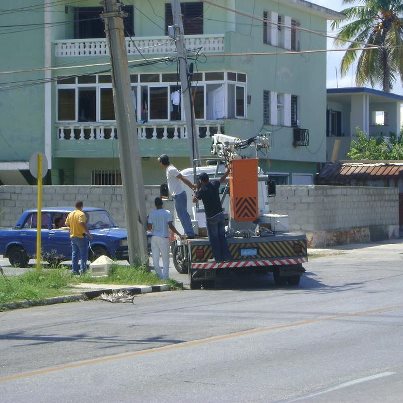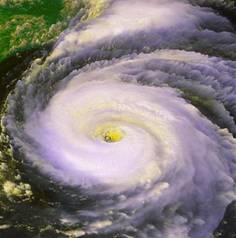Four decades after taking power through revolution in 1959, the factors which made totalitarianism in Cuba possible have reached their limit. The populist measures imposed during the first years after the revolution were accompanied by the dismantling of civil society and a process of government takeover which began with foreign-owned companies and did not end until the last 56,000 small service-related and manufacturing businesses, which had managed to survive until 1968, were eliminated.
The efforts to subordinate individual and group interests to those of the state has led to disaster. The confluence of the breakdown of the current economic and political model, national stagnation, citizen discontent, external isolation and the absence of alternative forces capable of having an impact on these issueshave created conditions for change. On the one hand this has led to despair, apathy, endemic corruption and mass exodus, while on the other hand there has been an emergence of new social and political figures.
It was in this context that the provisional transfer of power from the Leader of the Revolution took place. The fact that this transfer was carried out by the same forces that led the country into crisis meant that the order, depth and pace of change were determined by the power structure itself, which explains the effort to change the appearance of the system while preserving its character – an unresolvable contradiction – doomed governmental efforts from the start. This process, now in-progress, has passed through three phases led by Army General Raúl Castro.
Phase One
On July 31, 2006, as a result of illness, the First Secretary of the Cuban Communist Party (PCC), President of the Council of State and Council of Ministers, and Commander-in Chief, Fidel Castro, divided his multiple responsibilities and temporarily transferred them to seven party and government leaders.Raúl Castro was named First Secretary of the PCC, Commander-in-Chief and President of the Council of State.José Ramón Balaguer Cabrera was tapped to head the National and International Program on Health.Ramón Machado Ventura and Esteban Lazo Hernández were named to the National and International Education Program, and Carlos Lage Dávila became the driving force behind the National Program for an Energy Revolution. The programs for Health, Education and Energy were to be led respectively byCarlos Lage, Francisco Soberón (President of the Central Bank of Cuba), and Felipe Pérez Roque. These appointments marked the beginning ofRaúl’s administration.
In discussions, interviews and statements the new leader spoke of the need for change, including a willingness to normalize relations with the United States – an idea he expressed in an interview published inGranmaon August 18, and which he reiterated on December 2 of that year in the Plaza of the Revolution. Without blaming his predecessor,Raúl began discarding previous methods and plans. Military marches, secret trials and other politically motivated actions which made up the Battle of Ideas disappeared while strong criticisms were leveled at the inefficient agricultural production industry.
In the same vein, on July 11, 2007 the National Assembly of People’s Power (ANPP) raised the idea that “Each province should have its own builders, should have its own teachers, should have its own police… ” It criticized the bloated labor force (an artificial means of “reducing” unemployment to almost zero in order to demonstrate the superiority of the Cuban system). It called on retired teachers and professors to return to the classroom. It announced the elimination of improper free services and excessive subsidies. It set out to reverse the trend towards a reduction in the area of land under cultivation, which had decreased by 33% in the years between 1998 and 2007. Later, on July 27, 2007 inCamagey, he spoke of the need to introduce structural and conceptual changes. He emphasized the vital importance of manufacturing products in Cuba which are now purchased from overseas, and acknowledged that huge tracts of land are now overrun by the marabou weed.
Subsequently, he initiated the sale of computers, DVD’s, electronic equipment and access to mobile phones. He allowed Cubans to book hotel rooms reserved for tourists and to rent automobiles using hard currency. The licensing of private food vendors was expanded. Workers dining halls were closed. Cars, barber shops with up to three chairs and small beauty salons were rented out to workers. Regulations on the construction and repair of homes were relaxed, and the sale of fruits and vegetables from pushcarts was allowed.
Most striking was Decree/Law 259, which covered the leasing of idle land. It was an important but insufficient and contradictory measure. While it acknowledged that food production was a serious national security concern andrecognized the inability of the state to produce it, the law allowed the state to retain ownership of the land, thus reducing efficient producers to lessees.
Phase Two
As a result of Fidel’sdeteriorating health, the “Message from the Commander-in-Chief” was published on February 19, 2008 in which he permanently gave up his numerous positions. Five days later, on February 24, the ANPP electedRaúl Castro President of the Council of State, marking the second phase of his administration, which gave rise to a period of conjecture, desire, aspiration and hope.
The fragmentation of power that Fidel Castro had decreed in June 2006 was no longer in effect.Lage and Pérez Roque left the PCC, while the others quit their positions and assumed others in the new government. Among these wereJosé Ramón Machado Ventura, who became Second Secretary of the PCC and Vice-President of the Council of State, and Esteban Lazo, who kept his position as member of the Politburo.
This second phase began with the introduction of a series of measures that could be classified as a basic reform plan. It was limited to certain sectors of the economy and its goals could be outlined as follows: 1) To achieve a strong and effective agricultural sector capable of feeding the population and replacing imports, 2) to make people aware of the need to work in order to survive, 3) to firmly reject illegalities and other manifestations of corruption, 4) to reduce the state workforce, whose redundant job positions exceed one million workers, and 5) to jump start self-employment.
In the second half of 2011 various decrees and resolutions were issued authorizing the private sale of automobiles, the buying, selling, exchange and donation of homes, a relaxation in rules governing rentals, and the commercialization of agricultural production in the tourism industry. The credit policy was expanded to cover self-employed workers and small farmers, and restrictions on emigration from the countryside to Havana were relaxed.
Among other factors, this basic program of reform was limited by a kind of power sharing arrangement in which the new leader agreed to consult with Fidel on major decisions and the latter provided indirect criticism in the form published reflections and public statements. The most critical point in this duality came in the middle of 2011 when the leader of the revolution reappeared in public. On July 11 he appeared at the National Center for Scientific Research and on July 13 at the Center for World Economic Research, where he ordered that an urgent investigation into the post-war era be carried out. On July 15 he appeared at the National Aquarium and on July 16 at the Ministry of Foreign Affairs, where he met with Cuba’s overseas ambassadors. On July 25 he appeared in Artemesia on the eve of the anniversary of the assault on the Moncada Barracks, dressed in military fatigues. On the following day, July 26, he celebrated the commemoration with artists, intellectuals, members of Pastors for Peace and other invited guests.
Finally, on Saturday, August 7, at an extraordinary session of the ANPP, Fidel appeared to once again express his concerns about eminent nuclear war and relations with the United States. In his address he asserted that the world would be saved if it accepted the logical arguments he was espousing. Referring to President Obama, he said, “Perhaps he will not give the order if we can persuade him.”
In the midst of these activities, in a regular session of the ANPPon August 1,Raúl Castro announced the expansion of self-employment along with a reduction in the state labor force – something unprecedented in Cuba. On August 13 the release of six political prisoners was announced. These two events revealed two contradictions that could suggest a failure of government.
What is significant about this second phase ofRaúlCastro’s administration is that the measures, which were introduced in an unfavorable national and international economic environment and which no country could sustain indefinitely, made it impossible to return to the stagnation of the past.
Phase Three
At the Sixth Party Congress and the First National Conference of the PCC, which took place in April 2011 and January 2012 respectively, were defining events for change.
In a report to the Sixth Party Congress,Raúl argued that self-employment should become a facilitating factor for the building socialism in Cuba by allowing the state to concentrate on raising the level of efficiency of the primary means of production, thus permitting the state to extricate itself from the administration of activities which were not of strategic importance to the country. At the session he explained that updating the current economic model would take place gradually over the course of five years. He acknowledged that, in spite of Law/Decree 259, there were still thousands and thousands of hectares of idle land. He called on the Communist party to change its way of thinking about certain dogmas and outdated views, which had constrained it for many years, and declared that his primary mission and purpose in life was to defend, preserve and continue perfecting socialism.
The outlines of a basic reform plan, approved by acclamation at the party conclave, were codified in the Political and Social Guidelines, but constrained by the socialist system of planning which viewed state-run enterprise as the primary driving force of the economy.
Several days after the Sixth Party Congress had agreed to separate political from administrative functions, Machado Ventura began reiterating the following ideas at the fifteen provincial conferences of the PCC: “The party does not administer. That is fine, but it cannot lose control over its activists, no matter what positions they may occupy… We have to know beforehand what each producer will sow and what he will harvest… We must demand this of those who work the land.” These were arguments intended to keep the economy under the control of the party and to hamper the interests of producers.
It was in this context that, in the thirty days between Thursday, May 10 and Saturday, June 9 of 2012, Fidel Castro published four essays. Between June 11 and June 18 he then published eight short pieces – each forty-three words on average – onErich Honecker, Teófilo Stevenson, Alberto Juantorena, Deng Xiaoping, poems about Che Guevaraby Nicolás Guillén, the moringa plant, yoga and the expansion of the universe. Nebulous messages with no relationship to each other and divorced from our everyday reality. Since then there have been no more such writings, and their disappearance seems to have marked the end of the period of power sharing. Only now and not before are we able to talk aboutRaúl’s administration.
At a meeting of the Ninth Regular Period of Sessions of the ANPP in July, 2012, after Fidel’s essays had already been published,Raúl Castro returned to proposals he discussed in his report to the Sixth Party Congress, such as the increase in the amount of idle land. On July 26 in Guantanamo he once again took up the theme of relations with the United States. And on July 30 he led the Martyr’s Day march in Santiago de Cuba, which seemed to confirm that he had entered the third phase of his administration.
Results of the Three Phases
In spite of efforts to achieve a strong and efficient agricultural sector capable of providing Cubans with enough to eat,agricultural production fell 4.2% in 2010. GDP in 2011 grew less than expected. Food imports rose from 1.5 billion in 2010 to 1.7 billion in 2011. Retail sales fell 19.4% in 2010 while prices rose 19.8%. On the other hand the median monthly salary rose only 2.2%, a factor which made things worse for the average Cuban just at the moment that changes began to be introduced. The 2011-2012 sugar harvest, officially slated to produce 1.45 million tons, had the same disappointing results as in the past in spite of being able to count on sufficient raw material, as well as 98% of the resources allocated to this effort. It neither met its target nor was completed on time.
The proposal to make people realize they need to work in order to survive, an issue closely associated with illegalities and other forms of corruption, has gone nowhere. On the contrary, criminal activity has increased to such a degree, as evidenced by the number of legal proceedings that have either been held or are ongoing, that corruption, along with economic inefficiency, now threaten national security. The government’s response, which has been limited to repression, vigilance and control, has not been successful. Even the official state media has reflected in recent years on the continual instances of price fixing, diversion of resources, theft and robbery carried out daily by thousands and thousands of Cubans, including high-ranking officials who are now being tried in court. Nevertheless, the problem persists.
In regards to shrinking the state’s labor force, the limitations imposed on self-employment have prevented this sector from absorbing the projected number of state workers. Of the 374,000 self-employed workers, more than 300,000 are people who were either already unemployed or retired. Besides being unconstitutional–the constitution stipulates that ownership of the means of production by individuals or families cannot be used to generate income through the exploitation of outside workers–self-employment has absorbed less than 20% of state workers. The assumption that this measure would absorb layoffs from the bloated state labor force byallowing the state to focus on raising the level of efficiency of the fundamental means of production and permitting the state to extricate itself from the administration of activities not of strategic importance to the country have not yielded the expected results.
The implementation of the new measures which have been announced–among them, an income tax exemption through 2012 for businesses with as many as five employees, an increase in tax exemption of up to 10,000 pesos of income, a 5% bonus for early filing of income tax returns, the creation of new cooperatives and a new law which will relieve the tax burden on the private sector of the economy–will not resolve the crisis either.
The Real Causes
To deal with a profound structural crisis like Cuba’s, changes must be structural in nature. With the passage of time it has been shown that small changes in some aspects of the economy must be extended to include coexistence of various forms of property, including private property, the formation of small and medium-sized businesses, and the establishment of rights and freedoms for citizens. Proposals which try to preserve the failed socialist system of planning as the principal route for the direction of the economy, and the refusal to accept that diverse forms of ownership should play their proper roles mean that the economy–the starting point for any initiative–will remain subject to party and ideological interests, while citizen participation will be notable by its absence.
The failure of the totalitarian model has forced the Cuban government to belatedly opt for reforms that have already been introduced by Cubans operating on the fringes of the law. Updating the model has been more an acknowledgement of the existing reality than an introduction of measures arising out of a real desire for change.
The First Cuban Communist Party Conferencedefinitivelydemonstrated the infeasibility of the current model and the inability of its leaders to sever the ideological attachments preventing it from moving forward. Their refusal to consider citizen’s rights shut off any possibility of change. The delays in relaxing restrictions on emigration, democratizing the internet and reincorporating into Cuban law the rights and freedoms outlined in the Universal Declaration of Human Rights, the Convention on Civil and Political Rights and the Convention on Economic, Social and Cultural Rights are the principal causes for this failure.
Additionally, it must be added that time is running out. Now, with little time left, there is talk of going slowly and steadily, which clearly suggests a decision to not change anything that might threaten the grip on power.
Independently of the obstacles that have hampered General Raul Castro in the three phases of his administration, the decisive factor has been the infeasibility of the current model. Even if his management of the government had been carried out under the best possible conditions for implementing reform, it still would have failed due to a lack of freedom – something which is a prerequisite for modernity – and the lack of a high degree of political will to forge a new national consensus. Without these it is impossible to wrest Cuba out of the profound crisis in which it is immersed. The abilities and intelligence of one man or of his governing team, no matter how high they might be, are not enough to overcome the current situation. That is both the reality and the challenge.
Originally published inhttp://convivenciacuba.es/content/view/842/58/
November 5 2012
